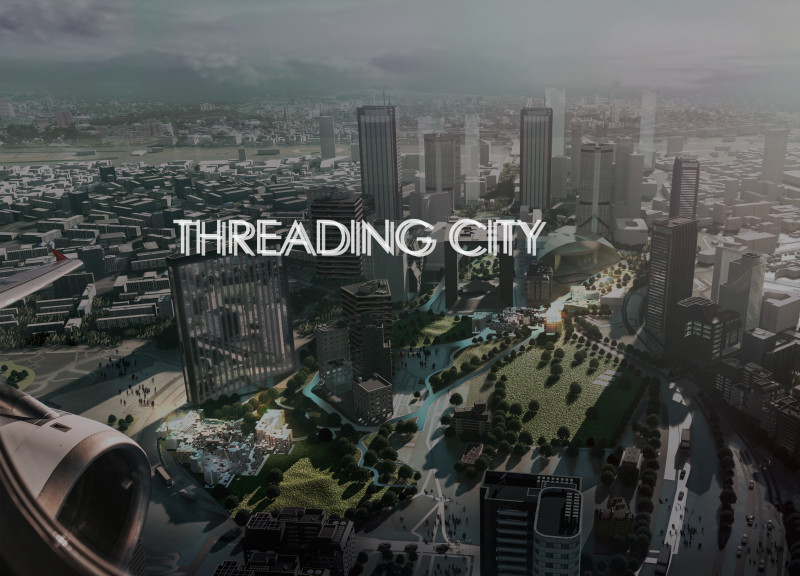5 key facts about this project
The project located in La Défense aims to reshape the urban experience in this bustling business district through a design that emphasizes connection and functionality. Grounded in the idea of “THREADING CITY,” the design seeks to create an urban environment where residential, commercial, and community spaces merge. This approach responds to the current needs of the area while also anticipating future demands from its diverse population.
Decentralization
Decentralization forms a key aspect of the design, moving away from conventional single-use office environments. The proposed layout supports various functions, allowing different types of spaces—residential, educational, and commercial—to coexist. This creates a lively atmosphere where people engage with both work and daily life, promoting a more integrated urban setting.
Public Spaces
Enhancing public areas is another important focus of the design. It recognizes that La Défense lacks sufficient social spaces. The introduction of plazas and communal gathering areas encourages interaction among residents and visitors. These well-placed public spaces are designed to host social activities, making the area feel more welcoming and vibrant.
Mobility and Accessibility
Mobility is a significant consideration in the project, with an emphasis on creating pedestrian-friendly pathways. Improved walkability is a key goal, as reducing car dependency is crucial for modern urban living. This attention to accessibility aligns with contemporary urban planning practices that prioritize environmental sustainability and enhance residents’ daily experiences.
Interactivity and Grid-based Planning
Interactivity is emphasized throughout the design, breaking with traditional office layouts to create spaces that foster collaboration. By allowing different areas to engage with each other, the project creates opportunities for community building. Grid-based planning further enhances organization and navigation, facilitating easy movement in the urban environment.
The integration of these features results in a proposal that not only tackles existing urban issues but also serves as a model for balanced city living. With thoughtful planning, the design encourages a blend of work and community life, inviting people to experience an interconnected urban landscape.






















































